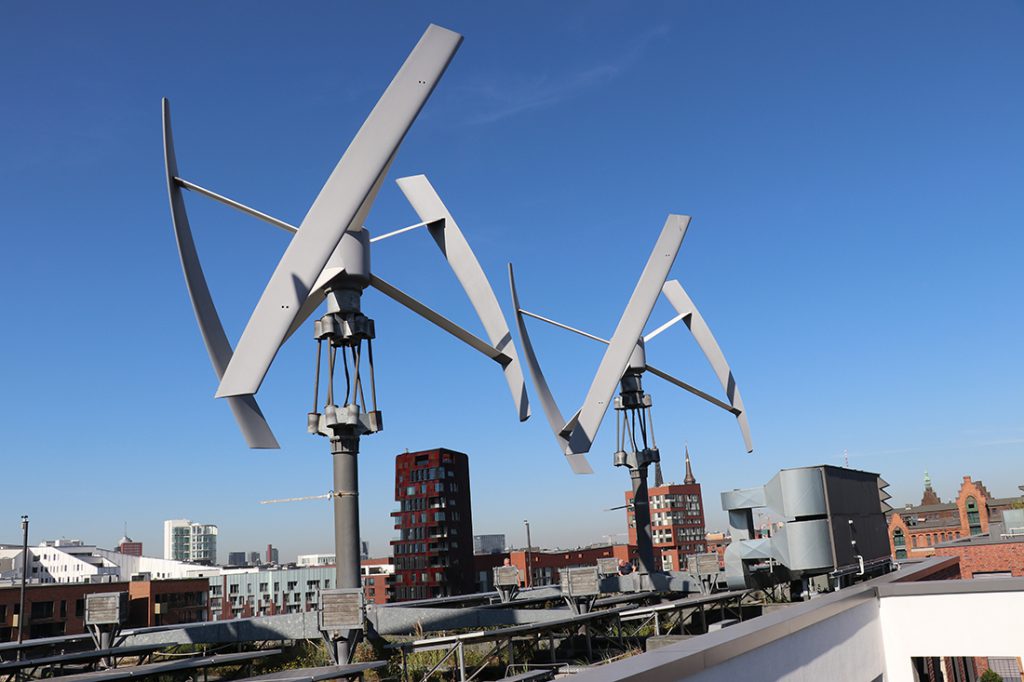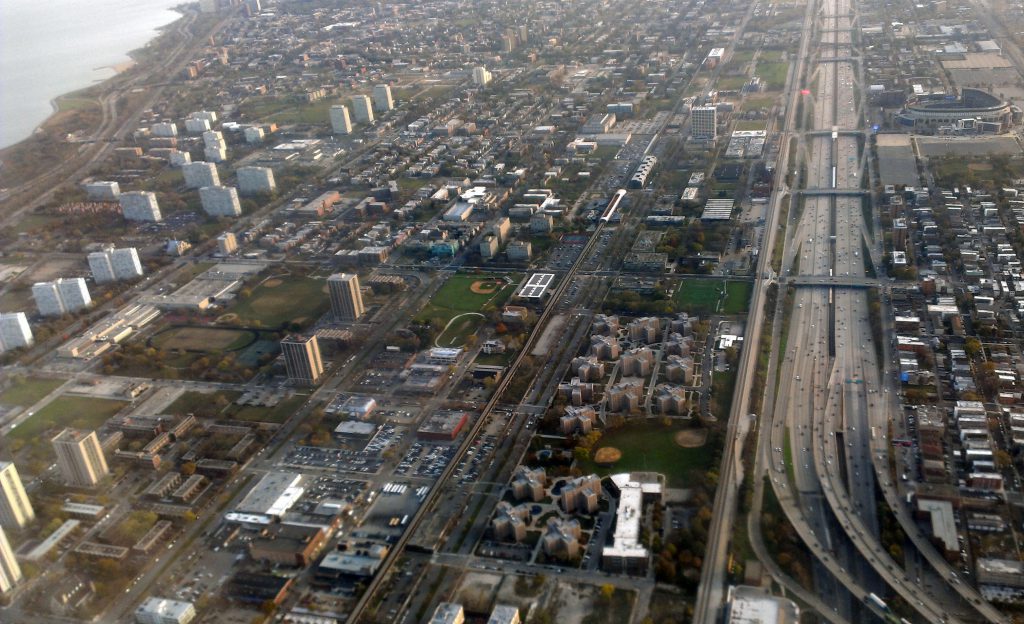U.S. GREEN ENERGY POLICY COULD REAP RESULTS – GERMANY SHOWS THE PROMISE
Tapping into wind and solar and other green energy technologies, the U.S. can produce 80 percent of its electricity from renewable sources by 2050, compared to 17 percent produced in 2017.
That’s the conclusion of a study conducted by the Department of Energy. And the transition is a necessary step to avoid increasing global warming beyond the 1.5 degrees C (2.7 degrees F) of global temperature rise that would bring more extreme climate change. Approximately 1 degree C of global warming has occurred already with industrialization.


